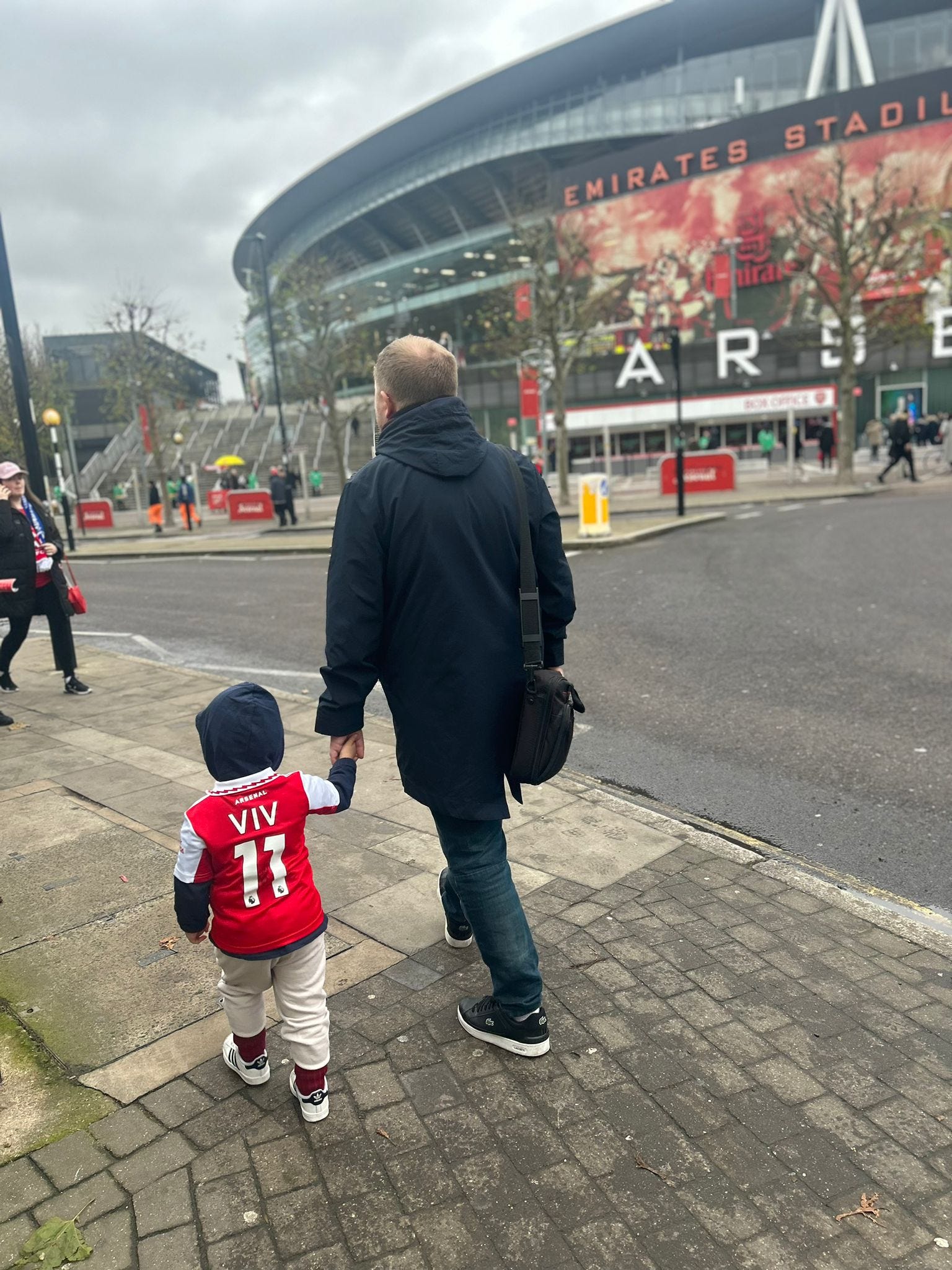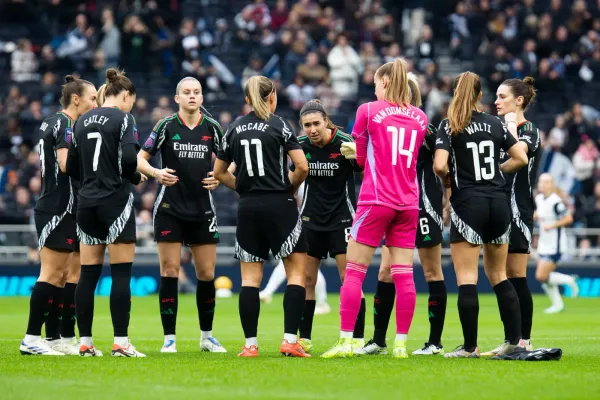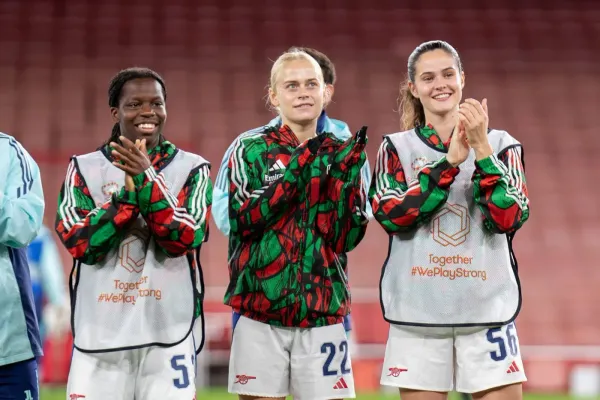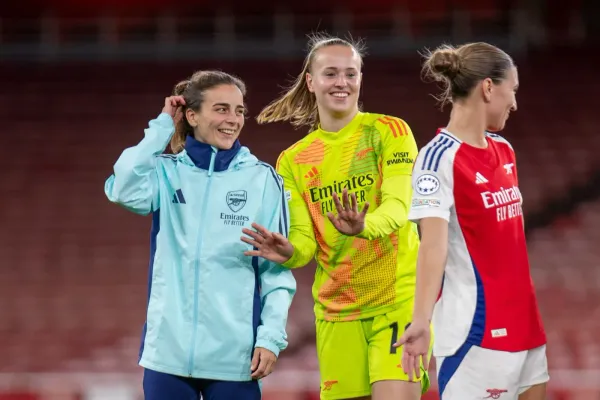The People
A connection is made
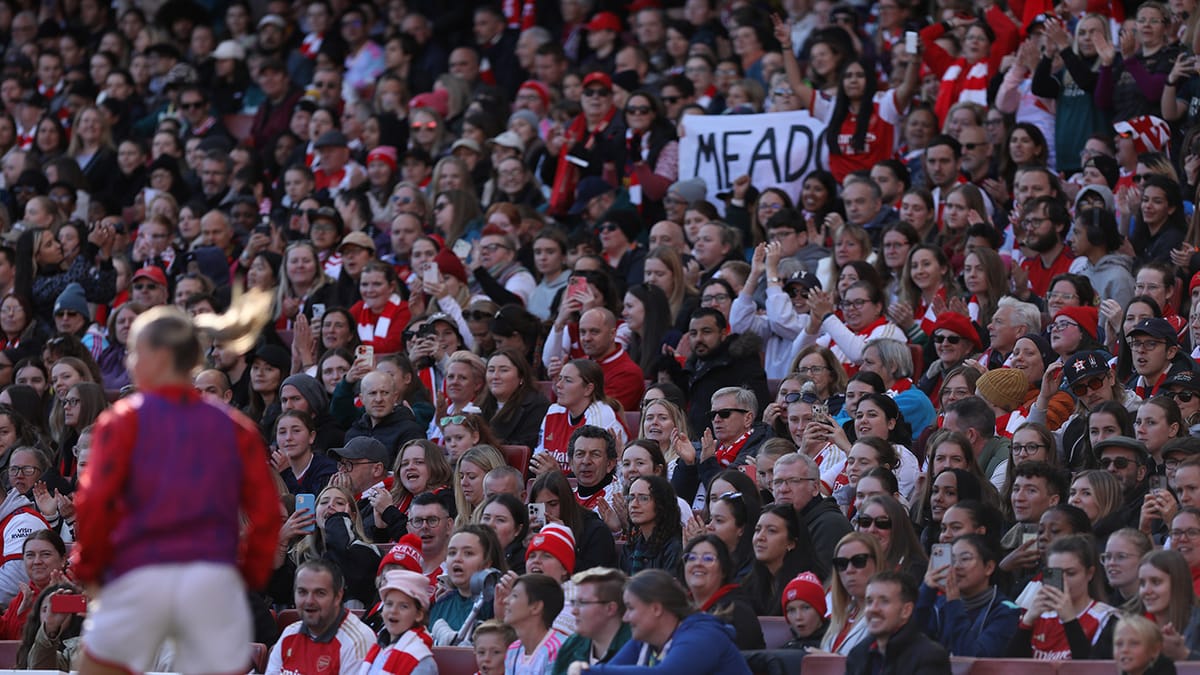
It’s not enough for sports men and women to compete to create a spectacle. People need, not only to watch, but to tangibly care about what they are watching to engender emotion, purpose and connection. That creates a snowball effect, the fact that people care about what they are watching makes more people care about it and, pretty soon, the snowball starts rolling down the hill and gathering more snow.
One of the things that has undeniably changed with the growth of elite women’s football is that the games and everything around the club you support now feels like it means more than it did a decade or more ago. When I started watching Arsenal Ladies in the mid 1990s, my emotional investment in the team was not close to what it is now.
Because there was no means to watch games other than by being at the ground, which meant, unless you went to every single game, you couldn’t form much of an emotional connections with the team and the players. You could appreciate them and want them to win but it was difficult to emotionally invest.
Essentially, you saw the game, Arsenal usually won easily, you went home and you didn’t see or hear anything about the team again until you went to the next game- whenever that might have been. You simply couldn’t form a strong bond with the players or team.
The rebrand and launch of the WSL in 2011 slowly started to change things, as match highlights became available on YouTube and a handful of games were broadcast. However, in my view, the single biggest accelerator for women’s football in England has been the FA Player and its free, global streaming service for the WSL. I think its impact is even bigger than the Lionesses winning the Euros in 2022.
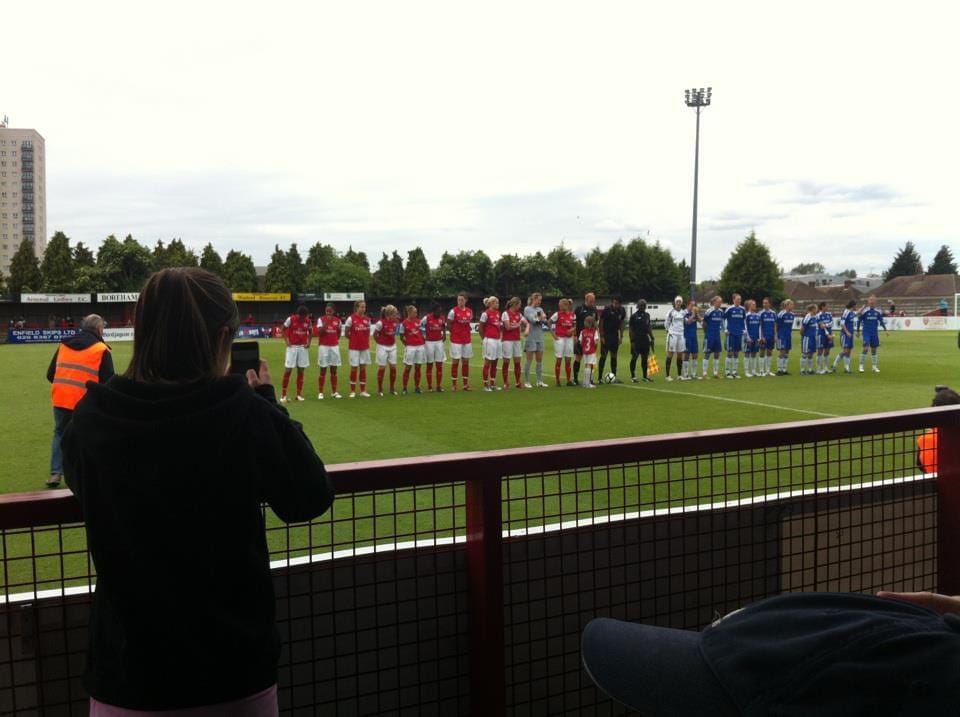
Undoubtedly, the Lionesses success has created an enormous multiplier effect in England but the launch of the FA Player in 2019 was crucial to the global interest in the league. The idea of making every single WSL game available for free was a far sighted marketing decision that has led to multi million pound broadcast deals and has created a global audience for the WSL in a way other European leagues just haven’t managed yet.
Being able to watch every one of your team’s games, no matter where you are in the world, creates a priceless commodity- emotion. Large crowds at women’s football matches have become far more common since the summer of 2022 in England but they had happened before in the modern era.
In November 2014, a crowd of over 45,000 came to Wembley to watch the Lionesses play Germany. Around the same number came to Wembley see Arsenal lose 3-1 to Chelsea in the 2018 FA Cup Final. Over 70,000 saw Team GB defeat Brazil 1-0 at the 2012 Olympics. Bums on seats is a good start when it comes to creating a spectacle but the crowd needs to be an active part of the experience.
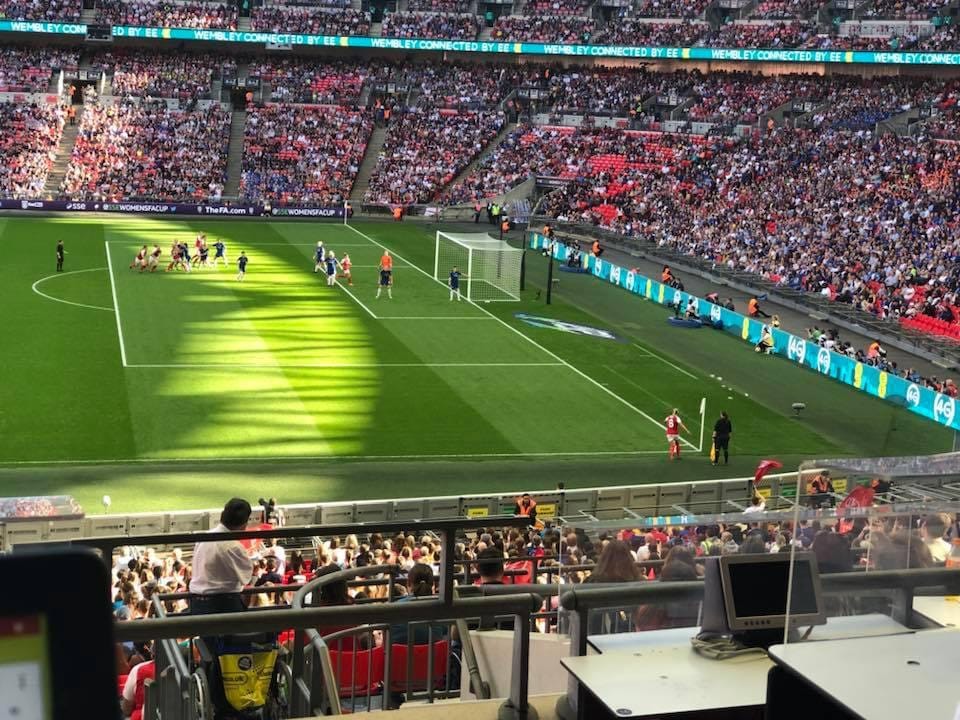
That was far more difficult in 2012, 2014 and even 2018 because people didn’t have regular enough contact with teams and players, so while the numbers were healthy for those games, they didn’t sustain simply because the atmosphere was not there to match. It’s atmosphere and crowd participation that really convinces supporters to come back to games on a regular basis.
This is a snowball effect that Arsenal have experienced recently, it isn’t just the healthy numbers but the sense of community, the songs, the sense of belonging and participation that have precipitated regularly healthy attendances. I really felt a sea change following the 6-2 victory over Leicester in November. The game had jeopardy, for a start, with Arsenal trailing 2-0 at half-time.
The game was also broadcast in the Sunday evening slot, live on Sky Sports. This slot is chosen because it’s a rare space where a WSL game does not have to compete with live Premier League football for a television audience. Arsenal roared back from 2-0 down to win 6-2 with four goals in the space of 12 minutes in front of a full, noisy away end. At the end of the game, the players were filmed dancing with the away support to the tune of Cloe Lacasse’s chant, set to the tune of ABBA’s Voulez-Vous.
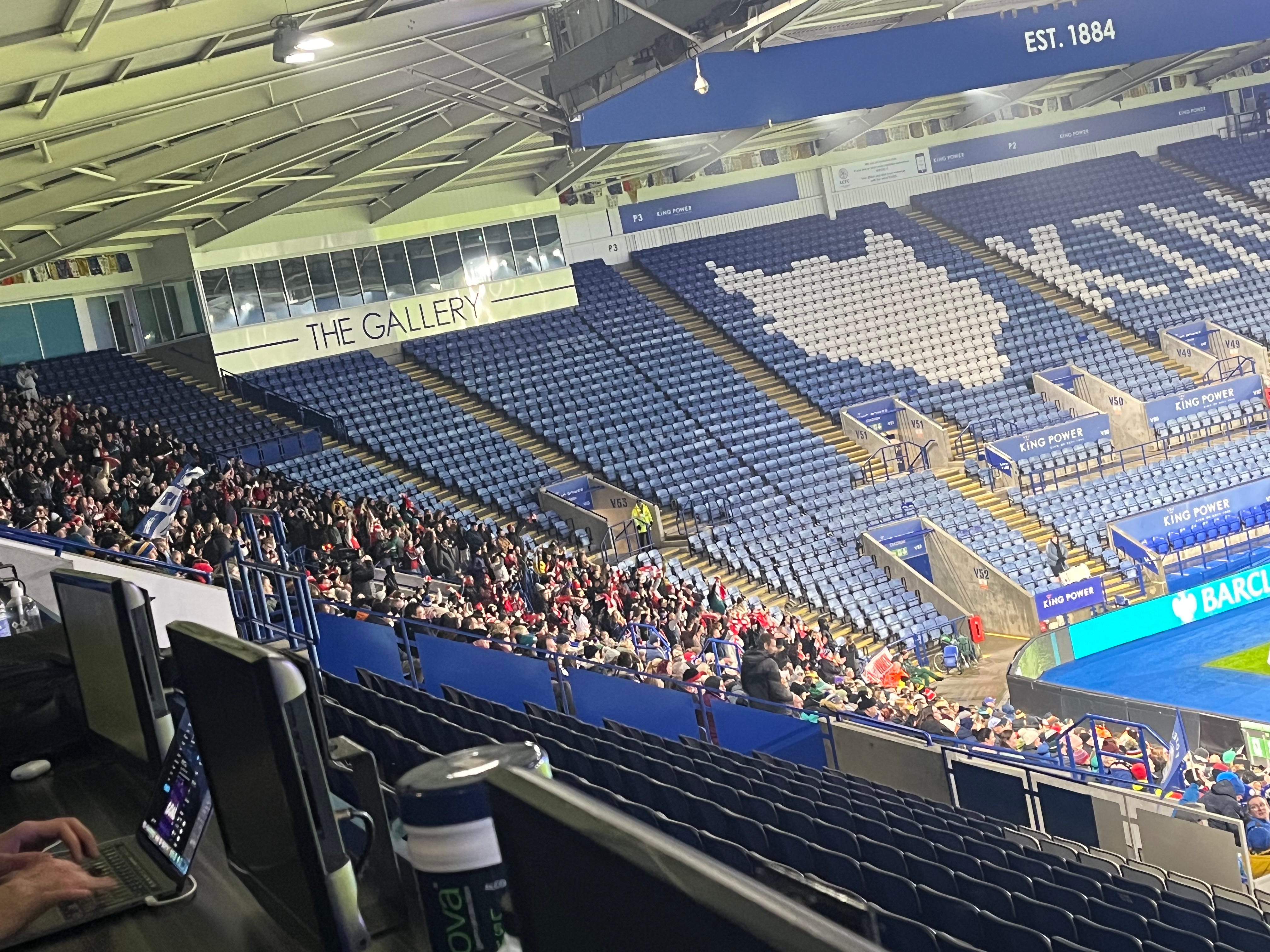
When supporters watching at home see something like that I think they are convinced that they want to be a part of it too. Seeing that something matters to other people is the most potent way to make it matter to you. Nothing cultivates interest like community. That only starts with coverage, being able to see your team’s games and relate to your players and your team within a community of like minded people.
As coverage has increased, so too has content and content is important because the games only happen once or twice a week. It’s not enough to sustain that connection. You need something to fill the spaces between games, things to talk about, worry about, probe and analyse.
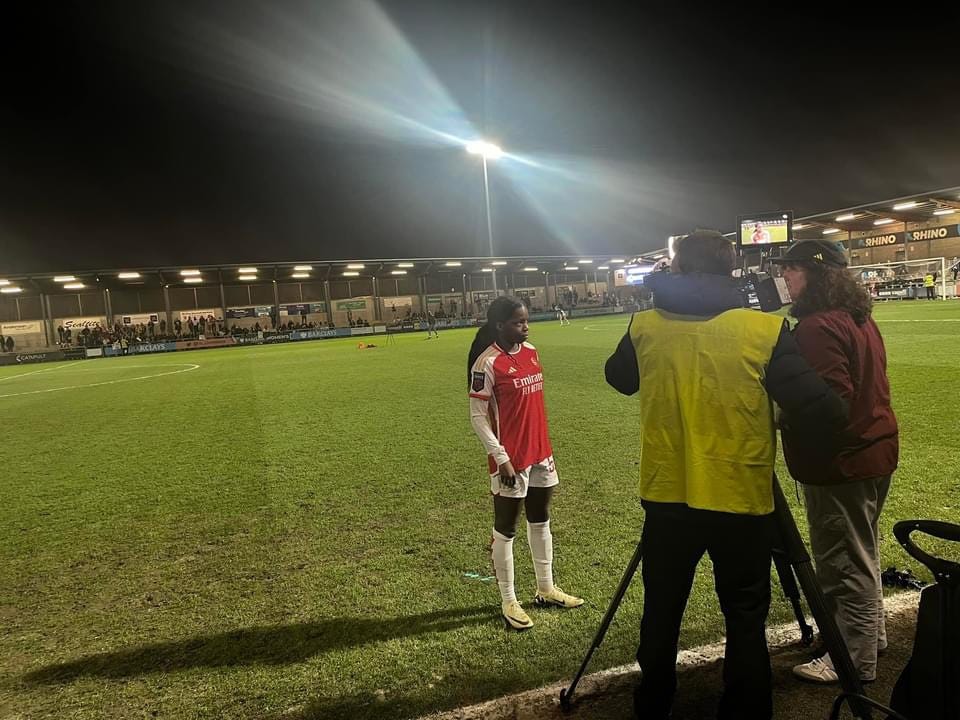
Earlier in the summer we broke the news that setpiece coach Patrick Winqvist was leaving the club and even five years ago I simply could not have conceived of breaking such news or that it would interest so many people. But because people can see the games and the data and the analysis and the FBRef bars, they know Arsenal under performed on setpieces last season.
This type of minutiae information was not available even a few years ago. In fact, the idea that Arsenal Women would have a specialist setpiece coach was in itself unfathomable. Fans have become more knowledgeable and with knowledge comes emotional investment and another snowball is created, because the more that you know the more you want to know, the more you probe and think and the more fans demand of their clubs, teams, coaches and players.
Put simply, all of that was impossible until very recently. This is no disrespect to the great players from past eras, who frankly deserved a lot more, the games do simply mean more, in an emotional sense, now. The games are more competitive than they were some years ago, for a start, but emotional investment has a multiplying effect.
The more people care, and the more people know, the more you care. It is the shared experience that imbues it with greater meaning. Personally, I don’t put much stock in the fact that I came to women’s football before a lot of its multiplying points, because while the sport was the same, the product was not. There is such a different energy around the game now that has totally transformed its meaning and that has been a beautiful thing to witness.
